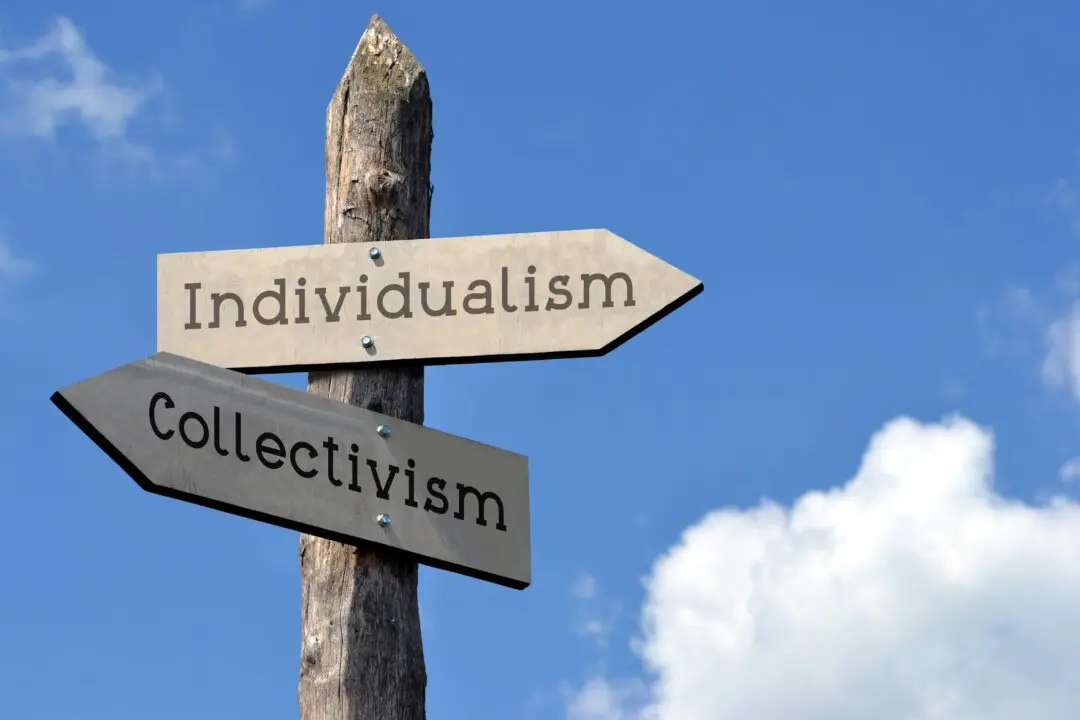Commentary
Another word has lost its traditional meaning. It’s the word “recession,” which is a postwar neologism in any case. The word “depression”—from the idea of depressed economic condition—became unsayable following the disaster in the 1930s. So the wordsmiths got busy and invented this new term based on the idea that the economy is merely in recess, which means to adjourn.





